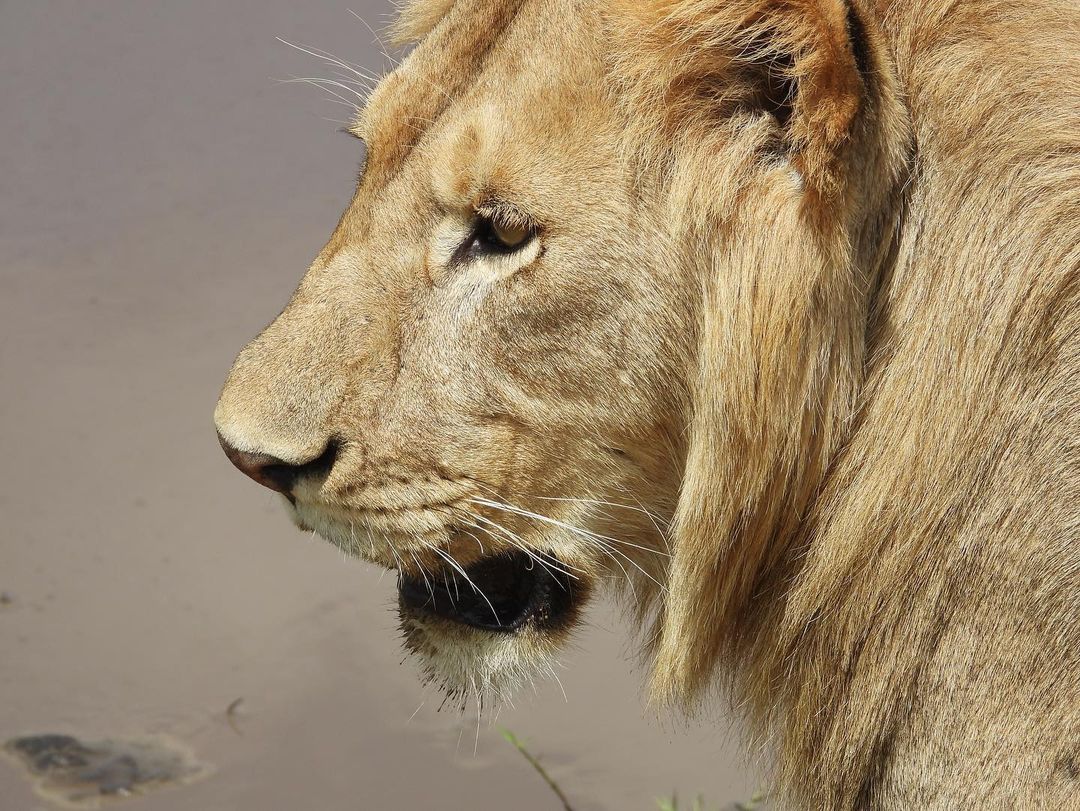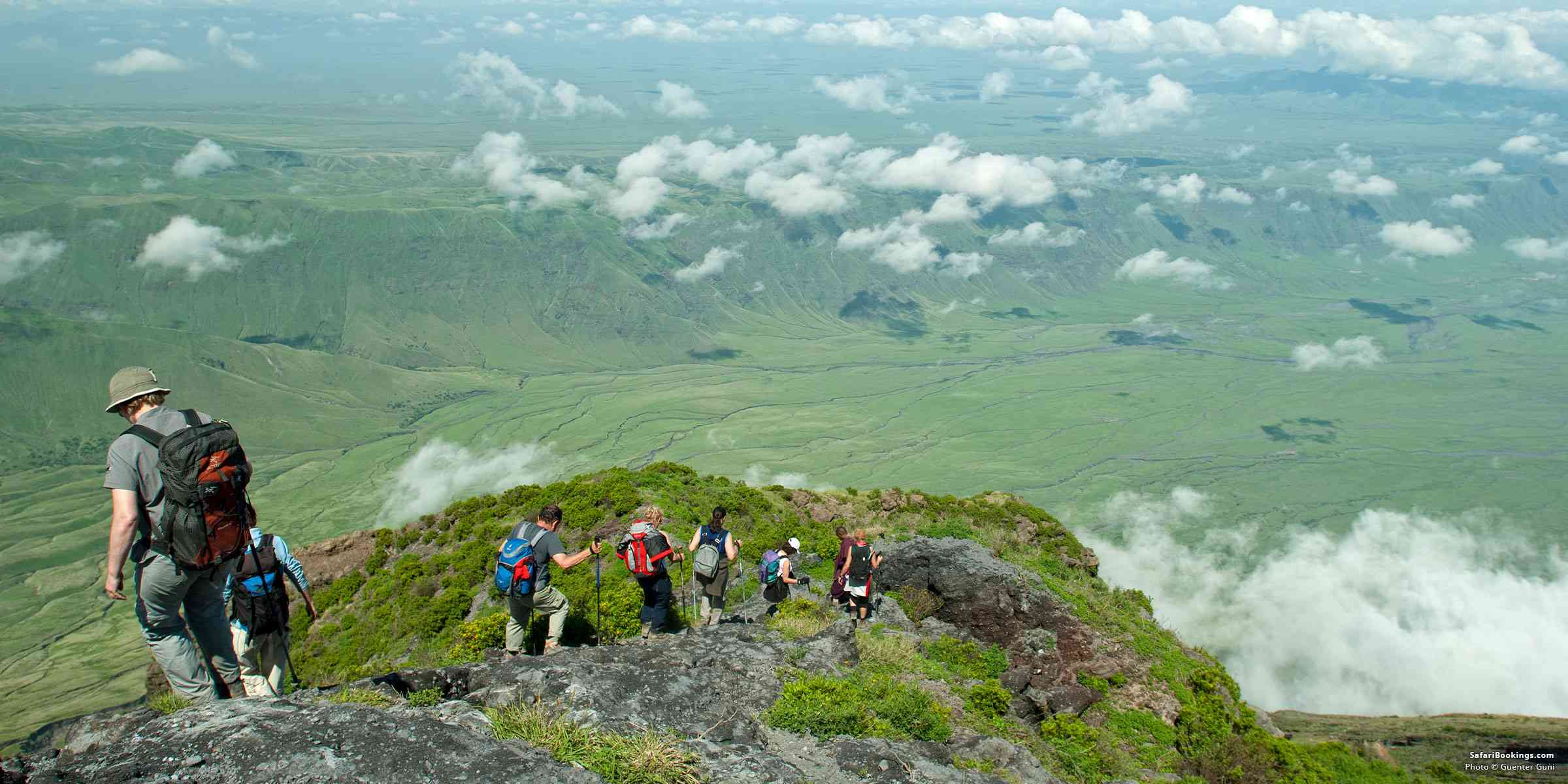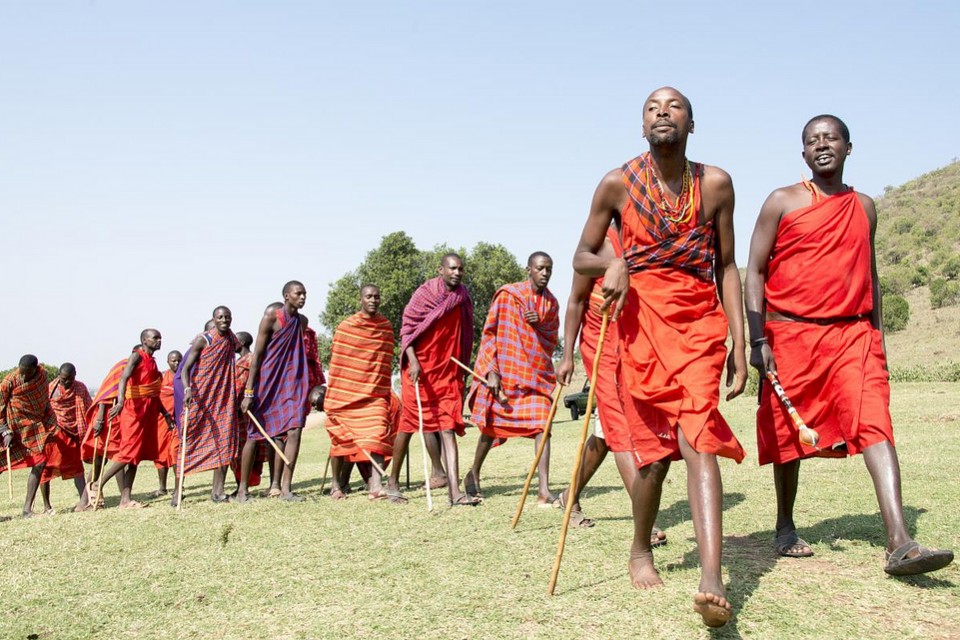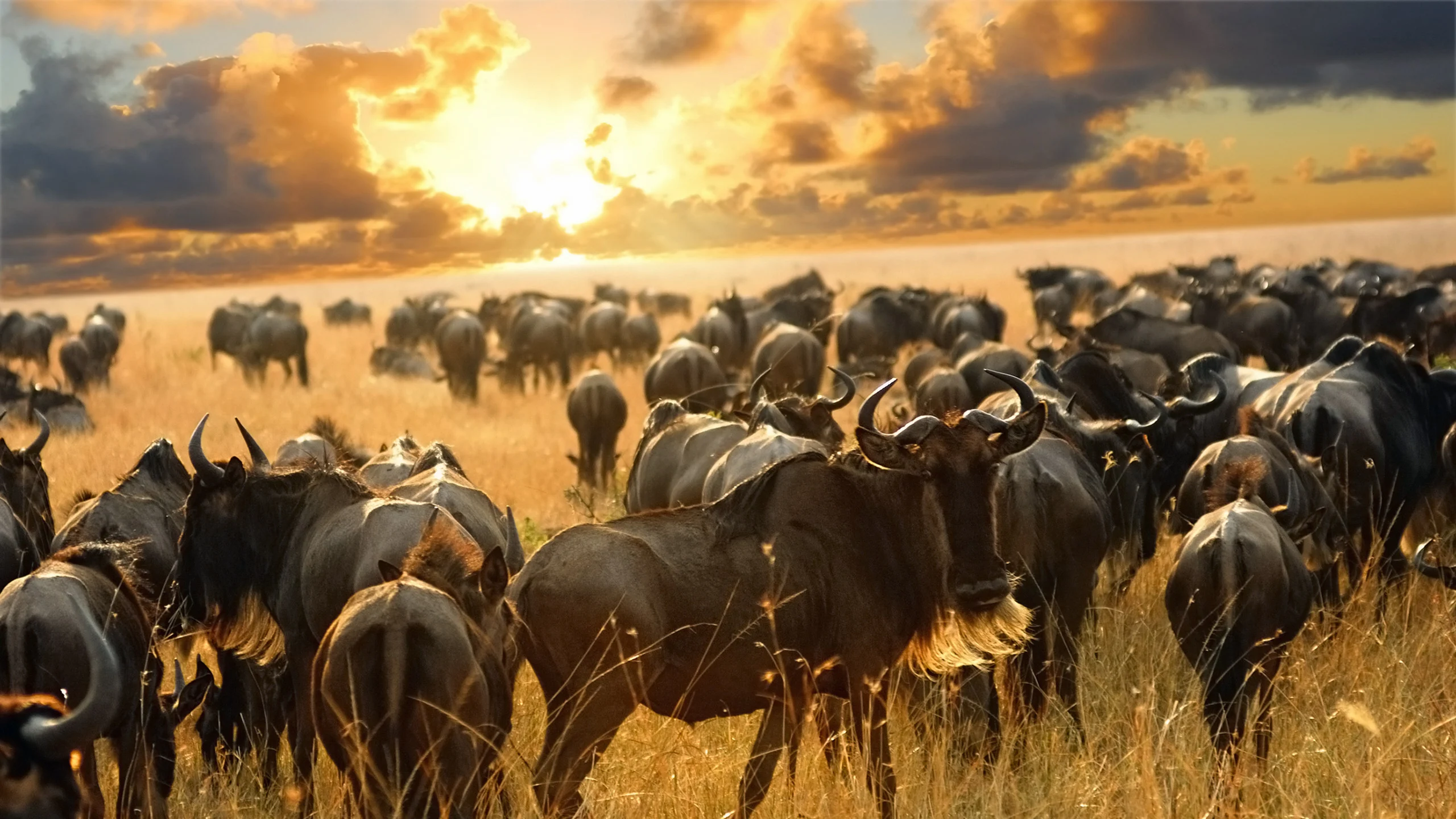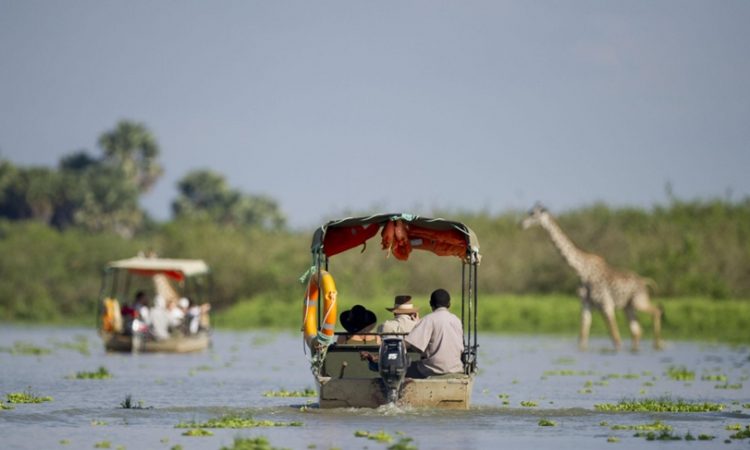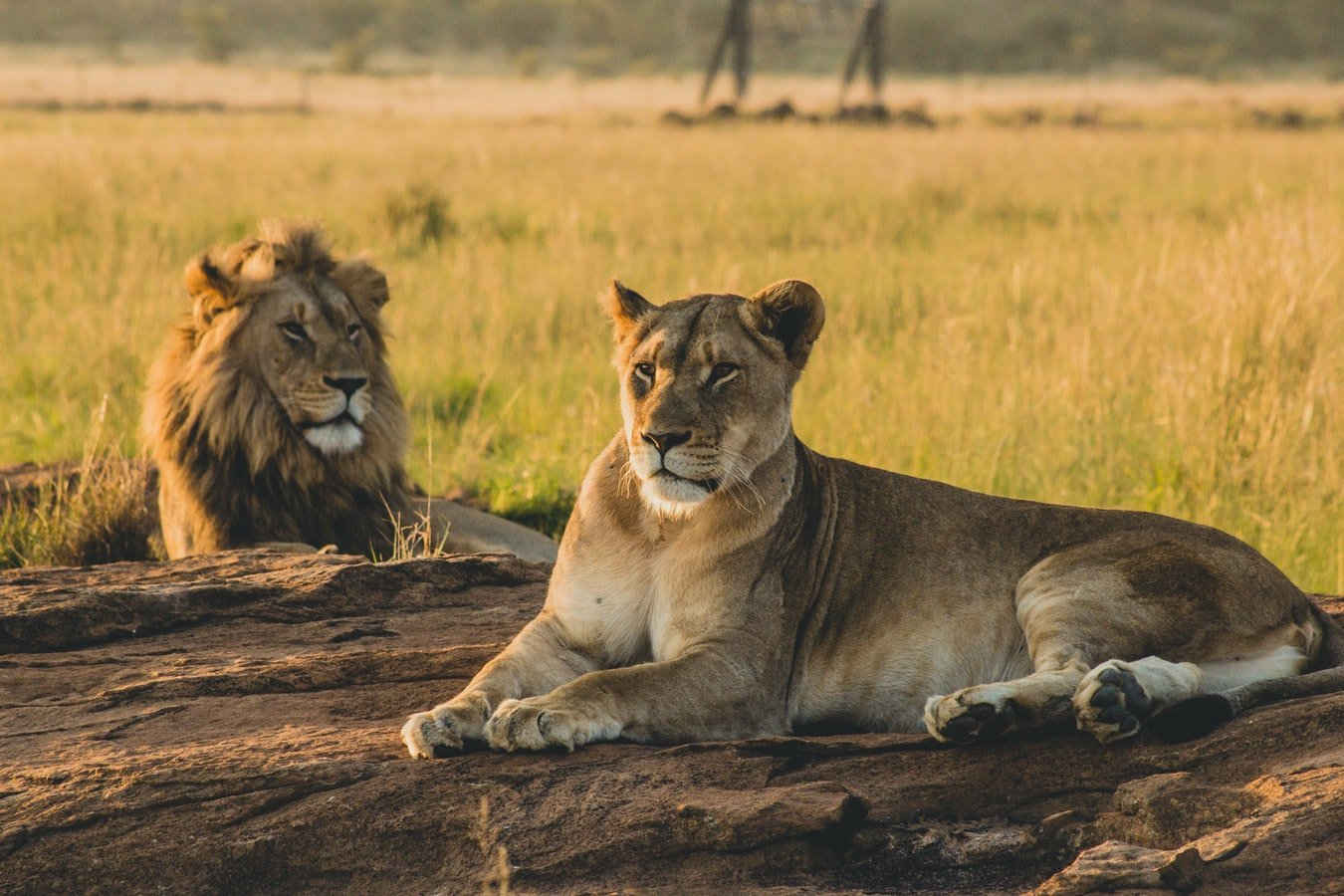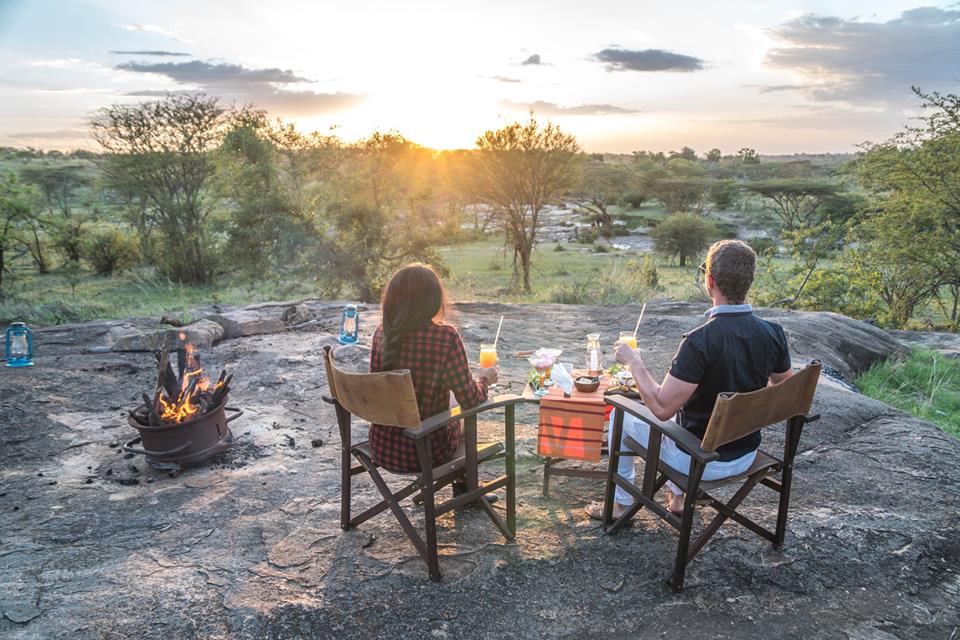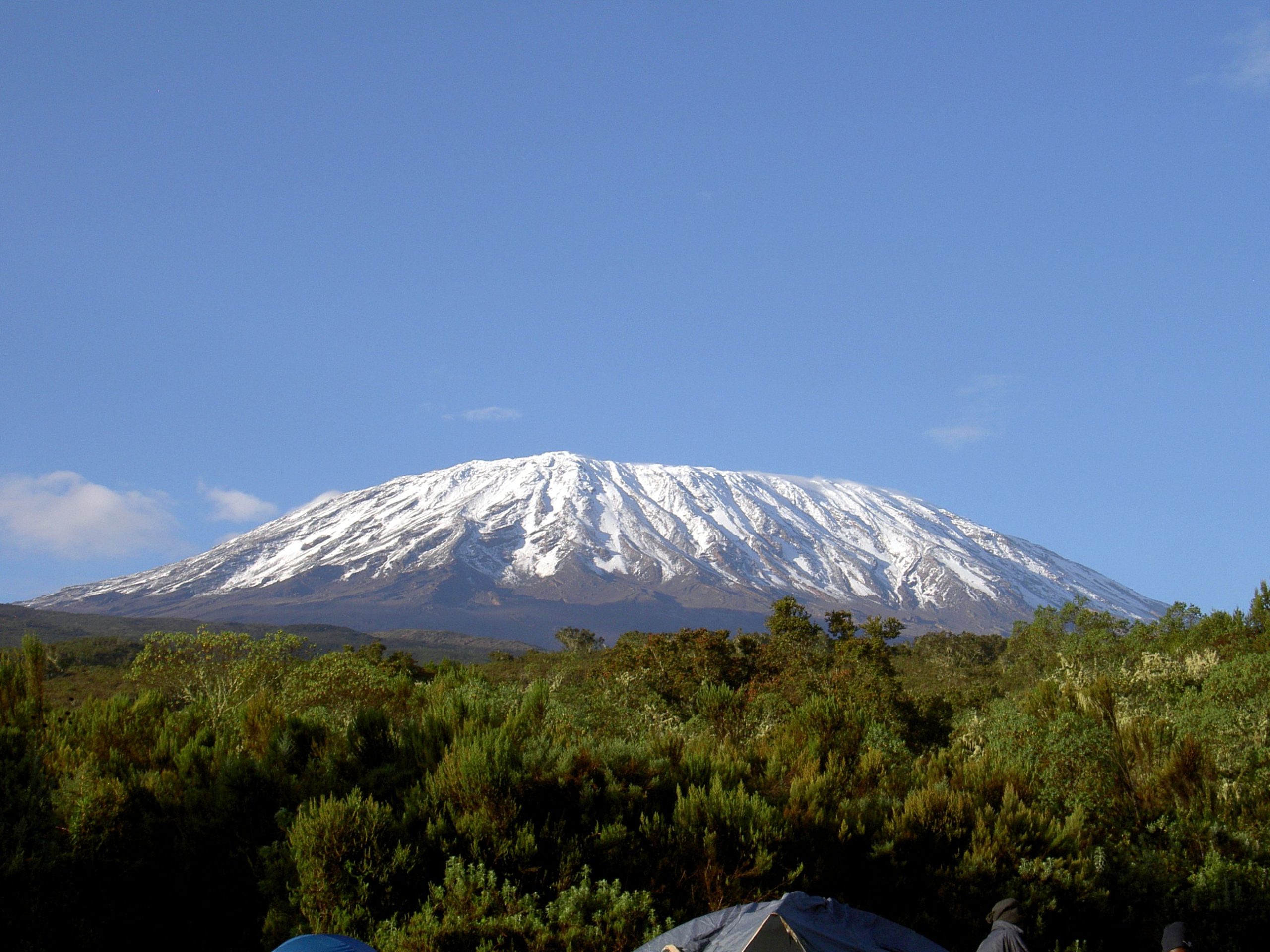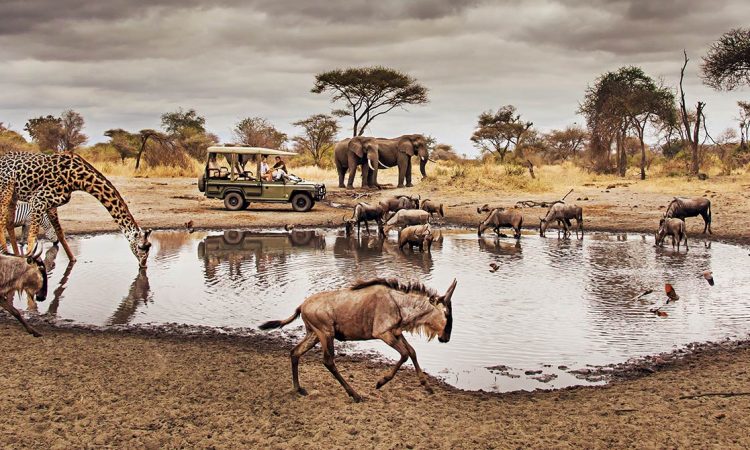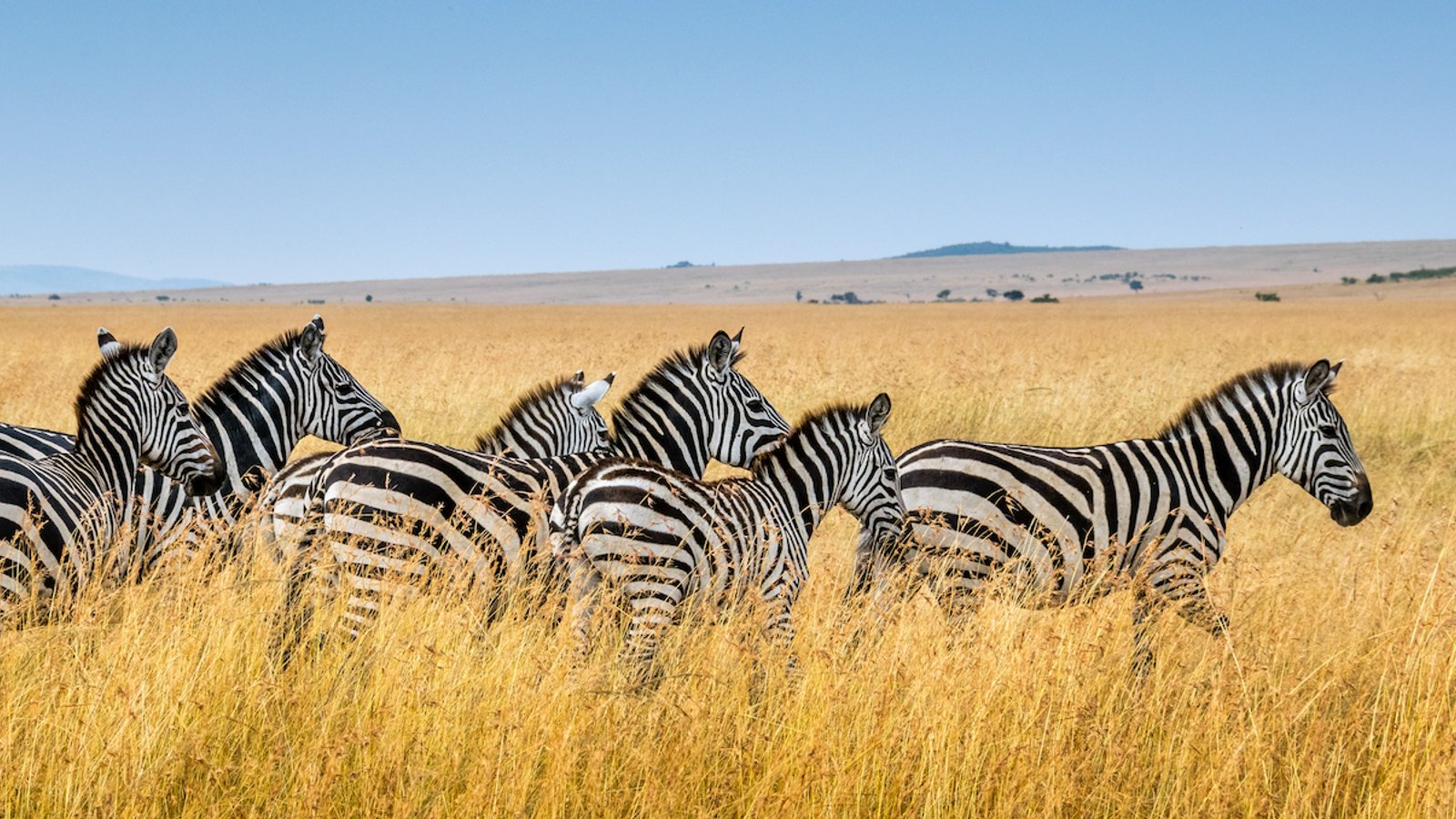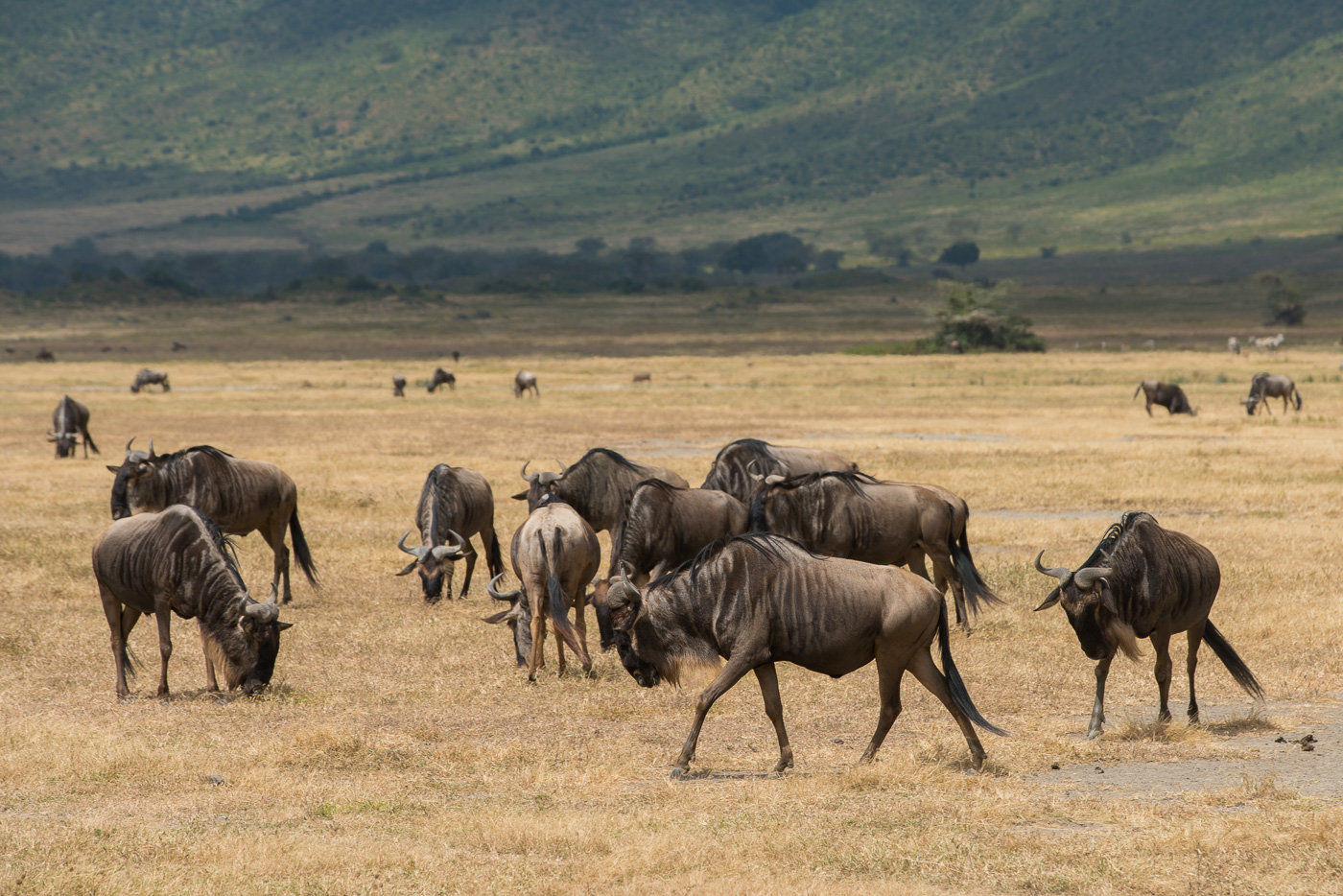Encountering big cats in their natural habitats is a highlight of any Tanzanian safari experience. From the majestic lions lounging in the savannah to the elusive leopards draped over tree branches, witnessing these iconic predators in the wild is a dream come true for wildlife enthusiasts. In this guide, we’ll explore the seasons and regions in Tanzania that offer the best opportunities for spotting lions, leopards, cheetahs, and other magnificent felines during your safari adventure.
- Serengeti National Park:
- Great Migration (July to September): The Serengeti comes alive during the Great Migration, drawing an abundance of predators including lions, leopards, and cheetahs to the plains. Witness dramatic chases and encounters as predators capitalize on the vast herds of wildebeest and zebras.
- Central Serengeti (Year-round): The central Serengeti boasts a high concentration of big cats throughout the year, particularly around the Seronera Valley. Lions are commonly sighted here, while leopards lurk in the rocky outcrops and riverine forests.
2. Ngorongoro Crater:
- Year-round Sightings: The Ngorongoro Crater, a UNESCO World Heritage Site, is home to a diverse array of wildlife, including a healthy population of big cats. Lions roam the grasslands, leopards hide in the acacia trees, and cheetahs hunt across the plains. Sightings are possible year-round due to the crater’s enclosed ecosystem.
3. Tarangire National Park:
- Dry Season (June to October): During the dry season, Tarangire’s dwindling water sources attract large concentrations of wildlife, including lions and leopards. The Tarangire River provides a lifeline for thirsty animals, leading to memorable sightings along its banks.
4. Ruaha National Park:
- Dry Season (June to October): Ruaha National Park offers a remote and rugged wilderness where big cats thrive. Lions dominate the landscape, while leopards and cheetahs patrol the grasslands and woodlands. The dry season concentrates wildlife around the Ruaha River, creating prime opportunities for predator sightings.
5. Selous Game Reserve:
- Dry Season (June to October): Selous is Africa’s largest game reserve and a haven for predators. Lions roam the open plains, leopards lurk in the dense riverine forests, and cheetahs hunt across the savannah. Game drives along the Rufiji River offer excellent chances of encountering big cats and other wildlife.
6. Considerations for Timing:
- Dry Season vs. Wet Season: While the dry season generally offers better visibility and easier wildlife spotting due to thinner vegetation, the wet season (November to May) can be equally rewarding for big cat sightings, especially in areas like the Serengeti and Ngorongoro Crater.
Conclusions:
Tanzania’s diverse ecosystems provide an unparalleled opportunity to witness big cats in their natural habitats throughout the year. Whether you’re tracking lions in the Serengeti, spotting leopards in the Ngorongoro Crater, or observing cheetahs in Tarangire, each season and region offers a unique wildlife spectacle. By planning your safari around the best times and locations for big cat sightings, you’ll increase your chances of experiencing unforgettable encounters with these magnificent predators, ensuring that your Tanzanian safari is truly a journey of a lifetime.
